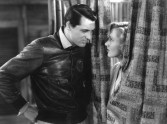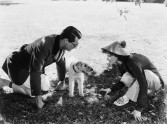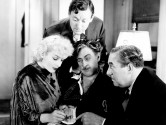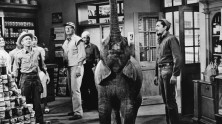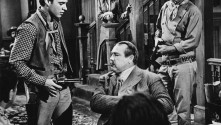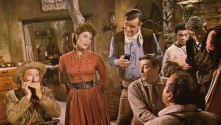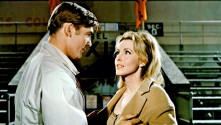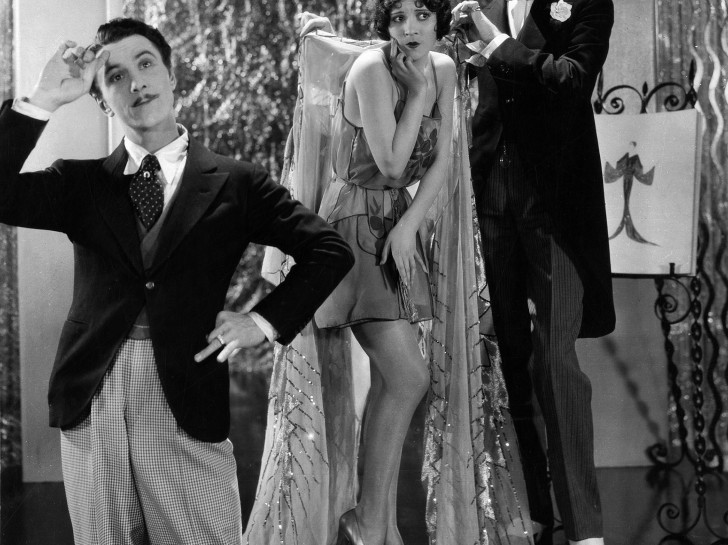
Upon proving himself capable of moralistic drama with The Road to Glory, Hawks was determined to fashion something much lighter and more commercial for his sophomore effort. He begins by establishing the ancient history of marital combat with his lead couple as the original Adam and Eve, who live a fanciful proto-Flintstones lifestyle complete with elaborate “high-tech” stone-age contraptions and a pet dinosaur. As time leaps ahead to the 1920s, so do the relationship jokes, particularly those involving women and clothes. These come to an entertaining crossroads when a famous fashion designer’s car hits Eve—accompanied by a spectacular special effect. Unbeknownst to a clueless Adam, she is pulled into Josef André’s illustrious design house as his latest muse. Hawks caps his bubbly sex comedy with a dazzling fashion show sequence—originally screened in two-strip Technicolor—featuring stunning gowns designed by Adrian (before he was the Adrian). Including an array of theatrical characters—such as Eve’s serpentine, conniving friend, Adam’s brutish pal Eddie and the effete André—the picture is a primordial hotbed of Hawks’ themes and tropes which would come to full flower in his celebrated romantic comedies of the 40s and 50s.
Part of film series
Screenings from this program
Gentlemen Prefer Blondes

His Girl Friday

The Big Sleep (pre-release version)

A Girl in Every Port

The Cradle Snatchers / Paid to Love

Fazil

Fig Leaves

Man's Favorite Sport?

The Crowd Roars

Today We Live


